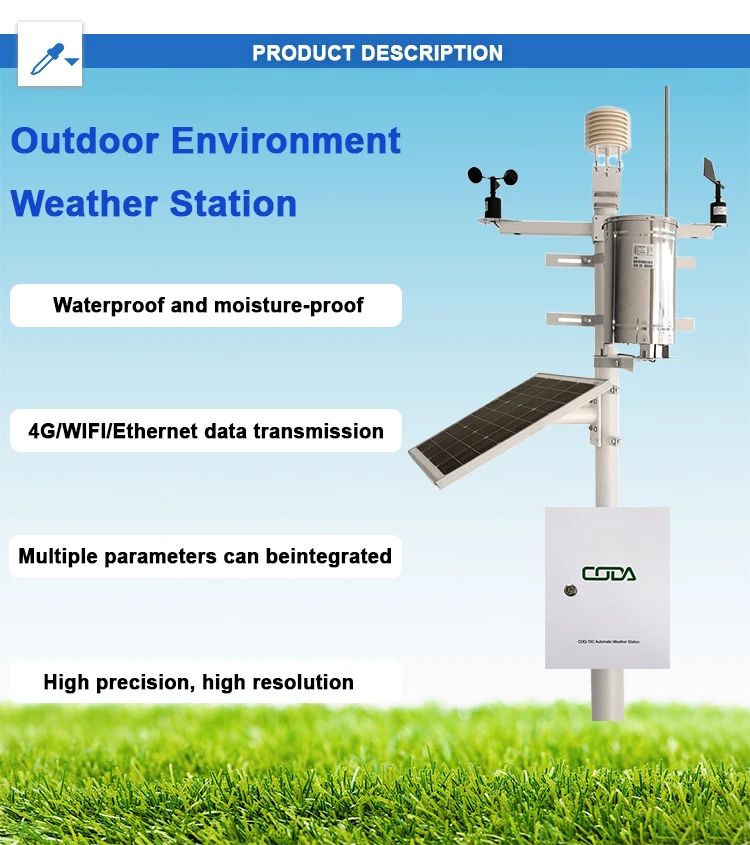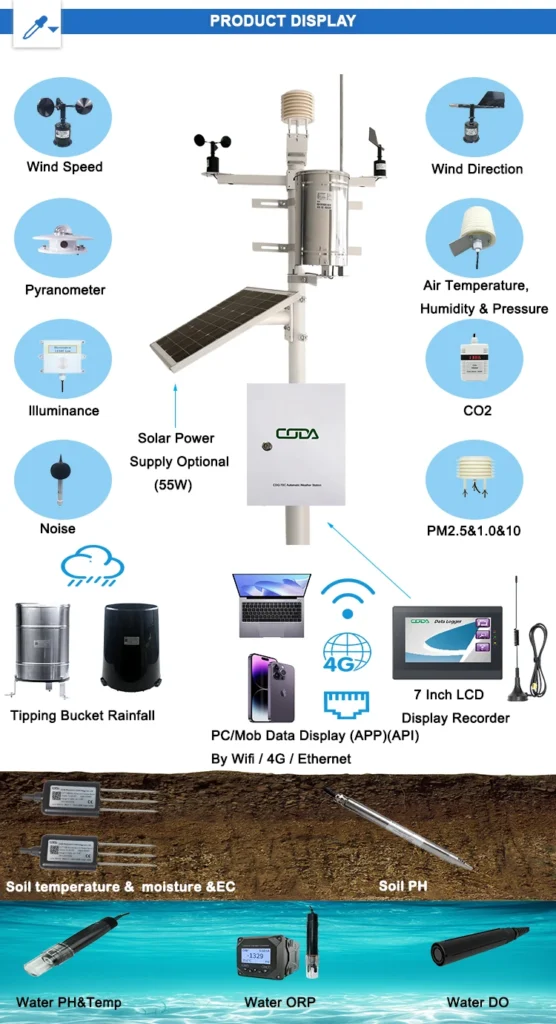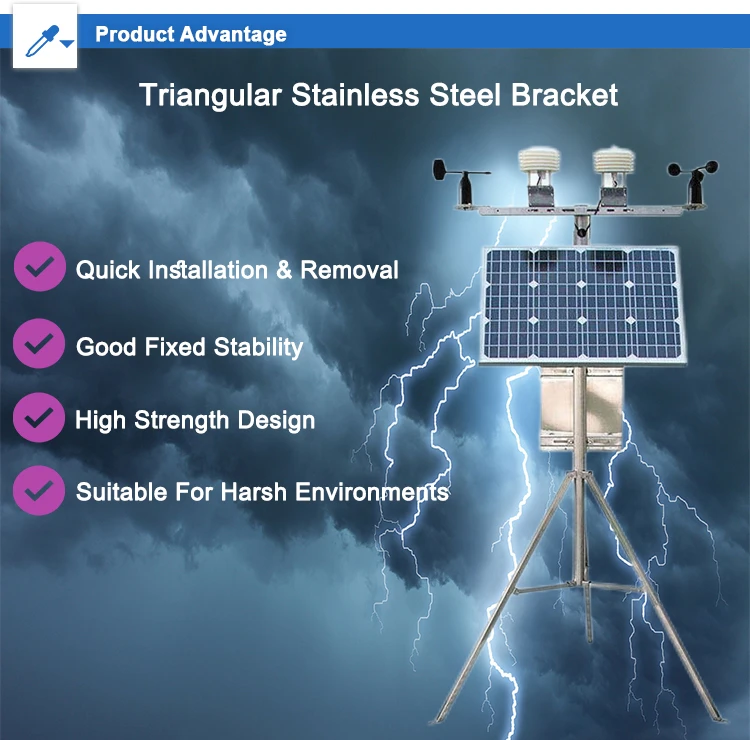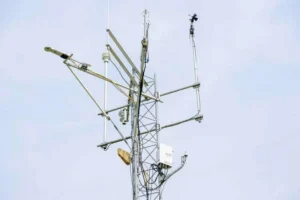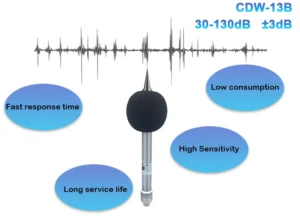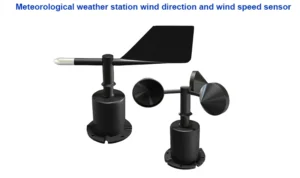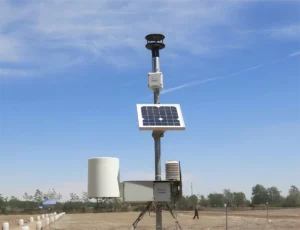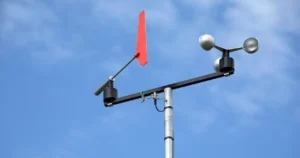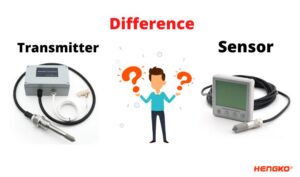Where to Mount a Weather Station
A weather station is a useful tool for collecting accurate weather data. It can be used for personal interest, scientific research, or farming. The effectiveness of a weather station depends a lot on how well it is installed.
Choosing the right spot to mount a weather station is important. This helps make sure the data shows the true local weather. Here are some important things to think about when choosing the best place to mount it.
Elevation and Proximity to Ground – Level Phenomena
The height where you place your weather station greatly affects the data it gathers. Most standard weather stations work best at an elevation of about 5 to 6 feet (1.5 – 1.8 meters) above the ground. This height helps us get air temperature and humidity readings that show the surrounding air. It is away from the direct influence of the ground.
The ground can quickly heat up or cool down. This creates small areas with different climates nearby. On a sunny day, the ground can get much warmer than the air just above it.
At night, the ground cools down faster. Placing the weather station too low can lead to wrong readings affected by the ground.
On the other hand, it’s important not to place the weather station too high either. Different wind patterns and airflows can affect very high places. These do not always show the normal local weather.
In hilly or mountainous areas, putting a weather station on a hilltop can give different readings. It can show varying wind speeds and directions. These readings might not be the same as what happens in nearby towns or farms.
Surrounding Terrain and Obstructions
The land and buildings around us can greatly affect weather measurements. Do not place the weather station near big buildings, trees, or other tall objects. These can disrupt wind patterns, causing turbulence and inaccurate wind speed and direction readings.
For example, if a weather station is too close to a tall building, the wind can change direction. This can create fake gusts or lower wind speeds that do not show the real wind conditions. Trees can block wind. They also change temperature and humidity through transpiration and shading.
A clear and open area is the best choice. Pick a place for the weather station where it has a clear view in all directions. The distance to any nearby obstruction should be at least 10 times its height.
This lets the wind move freely around the sensors. This helps to ensure accurate wind measurements. In rural areas, this could mean choosing a field that is far from houses and trees.
In cities, it can be a good idea to find a rooftop or an open courtyard. Look for places away from tall buildings.
Proximity to Heat Sources
Heat sources can change temperature readings, making them not reliable. Keep the weather station away from things like air conditioning units, heating vents, chimneys, and paved surfaces. These surfaces can absorb and hold heat. For example, an air conditioning unit always blows out warm air.
If a weather station is close by, the temperature sensor will show higher values. Paved areas, like driveways and parking lots, can get much hotter than the air around them during the day. This heat can change the temperature readings at nearby weather stations.
Do not put the weather station close to big bodies of water. Only do this if your research needs to look at the microclimate near water. Water bodies can change temperature and humidity. Their influence can change the data if you want to measure local weather.
Exposure to Sunlight and Rain
Manufacturers create weather stations to work well in outdoor conditions. However, too much sunlight and rain can still affect how well they work. Direct sunlight can make the temperature sensor too hot. This can lead to wrong temperature readings.
To solve this problem, many weather stations have radiation shields or sun shades. These protect the sensors from sunlight and help air circulate well. Make sure to install and place the shield correctly to block the sun’s rays effectively.
The weather station should put the rain gauge in a spot where it can collect rain accurately. Nearby surfaces should not affect it with splashback.
Splashback can make the rain gauge show more rainfall than there really is. Also, make sure the rain gauge is level. This will help get accurate volume measurements.
Accessibility and Safety
Finally, think about accessibility and safety when picking a place to mount it. You will need to access the weather station for maintenance.
This includes battery replacement, if needed, and data retrieval. Pick a place that is easy to get to. Stay away from busy areas where it could get damaged.
For example, mounting the weather station on a fence post in a busy backyard might lead someone to knock it over. Make sure the installation is secure.
This will help prevent damage from strong winds or bad weather. Use strong mounting brackets and hardware. Follow the manufacturer’s installation instructions closely.
conclusion
Picking the right spot to set up a weather station is very important. This helps us get accurate and useful weather data.
To make sure your weather station provides accurate information, think about factors like elevation and terrain. Also, consider heat sources, sunlight, and rain. Accessibility matters too.
You can use this information for many things. It can help with simple home weather tracking or complex scientific research.
